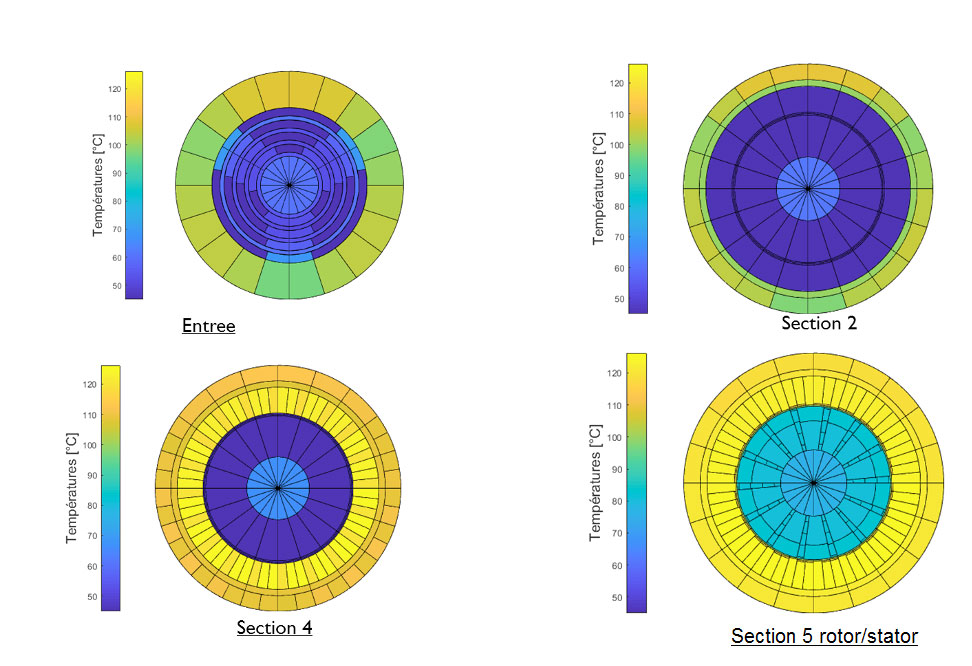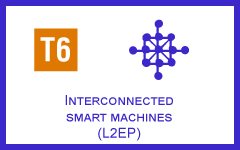The aim of this task is to develop coupled thermal-fluidic-electromagnetic modeling in order to study the thermal behavior of integrated drives.
T5.1: thermal modeling of static converters and integrated machines
The aim of this task is to implement multi-scale numerical models. It will draw on and support the studies carried out in tasks 1 and 3 on the estimation of losses and the characterization of materials. Fine modeling of flows and heat transfer in finite volumes will be developed. These modelizations will be used for the implementation of reduced models, more adapted to the needs of design and optimization of the cooling devices.
T5.2: coupling of electromagnetic and thermal models
The aim is to develop strong electromagnetic coupling strategies, flow dynamics and thermal coupling strategies. These couplings must take into account the effects of aging, deformation and variations of the surface states of the materials on the flow structures and therefore of the temperature level in machines. This sub-task will be carried out in strong interaction with task 4.
T5.3: analysis of thermal behaviors, identification of hot spots
For an effective detection of hot spots, this task will focus on the development of numerical, thermal and aeraulic models with a high degree of fineness in terms of mesh, taking into account the structure and surface conditions of materials and repair. local losses.
The validation of these models on a specific test bench, with artificial generation of hot spots and adapted metrology will be necessary (infrared micro thermography and laser micro-visualization).
T5.4: thermal design and dimensioning, heat dissipation
In this task, a tool for the design and sizing of several types of machine cooling systems will be developed. This tool will cover air, oil, jet, fog and phase change cooling.
Validation of each module of this tool will also be carried out on specific test.
Scientific organization of the ce2I project























